-
 Bitcoin
Bitcoin $118700
0.18% -
 Ethereum
Ethereum $4207
-0.08% -
 XRP
XRP $3.137
-1.21% -
 Tether USDt
Tether USDt $0.0000
-0.01% -
 BNB
BNB $802.0
0.16% -
 Solana
Solana $174.9
-4.66% -
 USDC
USDC $0.0000
0.01% -
 Dogecoin
Dogecoin $0.2240
-3.41% -
 TRON
TRON $0.3443
1.62% -
 Cardano
Cardano $0.7730
-2.77% -
 Hyperliquid
Hyperliquid $43.29
-3.27% -
 Chainlink
Chainlink $21.13
-3.66% -
 Stellar
Stellar $0.4295
-2.58% -
 Sui
Sui $3.652
-4.60% -
 Bitcoin Cash
Bitcoin Cash $577.8
1.67% -
 Hedera
Hedera $0.2453
-4.42% -
 Ethena USDe
Ethena USDe $1.001
-0.01% -
 Avalanche
Avalanche $22.85
-3.28% -
 Litecoin
Litecoin $120.4
-2.94% -
 Toncoin
Toncoin $3.367
1.48% -
 UNUS SED LEO
UNUS SED LEO $8.979
-0.56% -
 Shiba Inu
Shiba Inu $0.00001294
-4.04% -
 Uniswap
Uniswap $11.03
1.68% -
 Polkadot
Polkadot $3.856
-4.18% -
 Dai
Dai $1.000
0.00% -
 Cronos
Cronos $0.1654
2.16% -
 Ethena
Ethena $0.7810
0.70% -
 Monero
Monero $272.9
2.11% -
 Bitget Token
Bitget Token $4.397
-0.88% -
 Pepe
Pepe $0.00001124
-5.87%
What is the difference between cold and hot storage?
Cold storage keeps crypto safe offline via hardware or paper wallets, while hot storage offers convenience for active trading but with higher security risks.
Aug 12, 2025 at 01:01 am
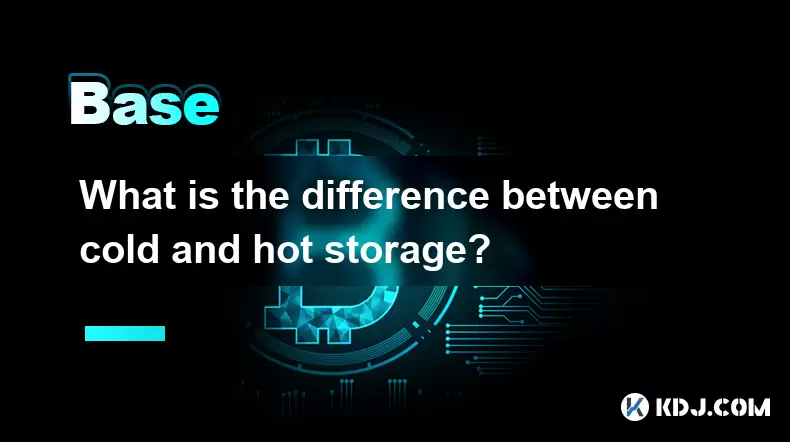
Understanding Cold Storage in Cryptocurrency
Cold storage refers to offline methods of storing cryptocurrency private keys, ensuring they are not exposed to internet-connected devices. This form of storage is considered one of the most secure ways to protect digital assets from hacking attempts, phishing, and malware. Common types of cold storage include hardware wallets, paper wallets, and air-gapped computers. Because the private keys are never exposed to a network, they are inaccessible to remote attackers. For individuals holding large amounts of cryptocurrency, cold storage is often the preferred method. The main trade-off is accessibility—since the wallet is offline, initiating transactions requires additional steps, such as connecting a hardware device or manually importing keys.
When setting up a hardware wallet, users must follow a strict initialization process:
- Generate a recovery seed phrase during setup and store it in a secure, offline location
- Verify the seed phrase by re-entering it to ensure accuracy
- Set a strong PIN code to protect the device from physical access
- Keep firmware updated through official channels only
It is crucial to never share the seed phrase with anyone and to avoid storing it digitally. Physical mediums like metal seed vaults are recommended for long-term durability.
Exploring Hot Storage Solutions
Hot storage involves cryptocurrency wallets connected to the internet, making them convenient for frequent transactions and everyday use. Examples include mobile wallets, desktop wallets, and exchange-based wallets. These wallets allow users to send, receive, and monitor balances in real time. However, their constant internet connectivity increases the risk of cyberattacks. Malware, phishing scams, and exchange breaches are common threats associated with hot storage.
To enhance security when using hot wallets:
- Install wallets only from official websites or app stores
- Enable two-factor authentication (2FA) using authenticator apps instead of SMS
- Use strong, unique passwords for wallet accounts
- Regularly scan devices for malware using trusted antivirus software
While hot storage offers speed and ease of access, it should ideally be used for smaller amounts of cryptocurrency that are actively traded or spent. Leaving large holdings in hot wallets is generally discouraged due to the elevated risk profile.
Security Comparison: Cold vs. Hot Storage
The primary distinction between cold and hot storage lies in network connectivity and attack surface. Cold storage solutions are immune to remote hacking because they operate offline. Even if a hacker gains access to a user’s computer or network, they cannot retrieve private keys stored on a disconnected device. In contrast, hot wallets are vulnerable to real-time exploits, including man-in-the-middle attacks, keyloggers, and compromised software updates.
Another critical factor is recovery and backup mechanisms. Both storage types rely on seed phrases for wallet recovery, but the physical security of these phrases differs. For cold storage, seed phrases are typically stored in fireproof safes or engraved on metal. In hot storage, users may be tempted to save seed phrases digitally—a high-risk practice that defeats the purpose of cryptographic security.
Physical theft is a concern for cold storage, especially with hardware wallets. To mitigate this, users should enable passphrase protection (25th word) on compatible devices. This adds an extra layer of encryption, rendering the device useless without the additional passphrase, even if stolen.
Transaction Process and User Experience
Initiating transactions from cold storage involves more steps than hot storage. When using a hardware wallet:
- Connect the device to a computer or mobile phone
- Unlock the device using the PIN
- Navigate to the send function in the wallet interface
- Enter recipient address and amount
- Confirm the transaction on the hardware device’s screen
- Wait for blockchain confirmation
This multi-step verification ensures that malicious software cannot alter transaction details. In contrast, hot wallets allow transactions with just a few taps or clicks, as private keys are already accessible within the software. While faster, this convenience increases the chance of unauthorized transactions if the device is compromised.
For users managing both types of storage, a common strategy is to keep the majority of funds in cold storage and transfer smaller amounts to a hot wallet as needed. This balances security with usability.
Cost and Accessibility Factors
Cold storage typically requires an upfront investment. Hardware wallets range from $50 to $150, depending on features and brand. Additional costs may include metal seed storage solutions or secure safes. Despite the expense, this cost is justified for long-term holders or institutional investors. Paper wallets are free to create but require careful handling to avoid damage or loss.
Hot storage is generally more affordable, with most software wallets available at no cost. However, reliance on third-party services—especially exchanges—introduces counterparty risk. If an exchange shuts down or freezes assets, users may lose access to their funds even if they hold the login credentials.
Accessibility also varies. Cold storage devices may not support all cryptocurrencies, requiring users to verify compatibility before purchase. Hot wallets, particularly mobile apps, often support a wide range of tokens and integrate with decentralized applications (dApps), making them ideal for active crypto users.
Frequently Asked Questions
Can I use both cold and hot storage at the same time?
Yes, many users maintain both types of storage. Funds are kept in cold storage for long-term security, while a smaller portion is moved to a hot wallet for daily transactions. Transferring between the two is done via standard blockchain transfers using public addresses.
What happens if I lose my hardware wallet?
If you lose your hardware wallet but have the recovery seed phrase, you can restore your funds on another compatible device. It is essential to never lose the seed phrase, as it is the only way to recover access. Without it, the funds are permanently inaccessible.
Is a paper wallet still a safe form of cold storage?
Paper wallets can be secure if generated offline using trusted software and stored properly. However, they are prone to physical damage, fading ink, and accidental disposal. They also require caution during fund retrieval, as scanning the private key on an online device can expose it to malware.
Can a hot wallet be made more secure?
Yes, enhancing a hot wallet’s security involves multiple measures: using dedicated devices not used for browsing, enabling full-disk encryption, installing firewalls, and avoiding public Wi-Fi when accessing the wallet. Some advanced users run hot wallets on virtual machines or isolated operating systems to reduce exposure.
Disclaimer:info@kdj.com
The information provided is not trading advice. kdj.com does not assume any responsibility for any investments made based on the information provided in this article. Cryptocurrencies are highly volatile and it is highly recommended that you invest with caution after thorough research!
If you believe that the content used on this website infringes your copyright, please contact us immediately (info@kdj.com) and we will delete it promptly.
- Dogecoin's Rally Pause: Bullish Structure Still Intact?
- 2025-08-12 04:50:12
- Whales, Altcoins, and Accumulation: What's the Hype?
- 2025-08-12 04:55:16
- Floki's Valhalla: From Viking Raids to Mainstream MMORPG Domination
- 2025-08-12 05:10:12
- Do Kwon, Terra LUNA, and Lunar Horizons: A Tale of Trials and Tribulations
- 2025-08-12 04:30:12
- Bitcoin, Wealth Protection, and Economies: A Modern Financial Safety Net
- 2025-08-12 04:30:12
- INJ ETF, Crypto Future, and Uncertainty: Navigating the Murky Waters
- 2025-08-12 02:50:12
Related knowledge
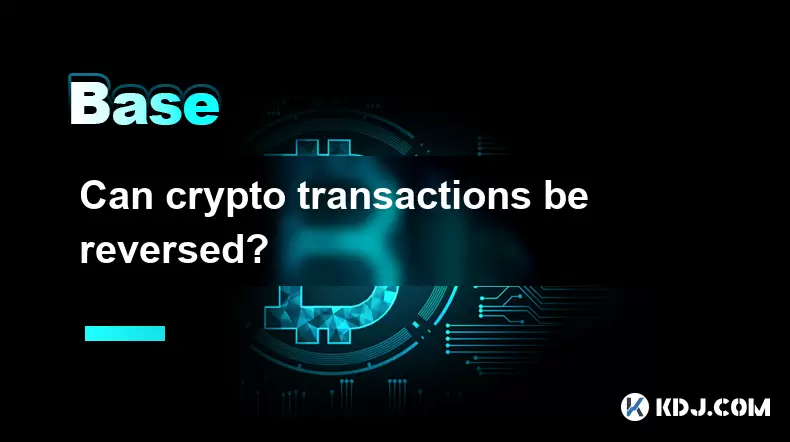
Can crypto transactions be reversed?
Aug 10,2025 at 01:35am
Understanding the Immutability of Blockchain TransactionsCryptocurrency transactions are built on blockchain technology, which is designed to be immut...
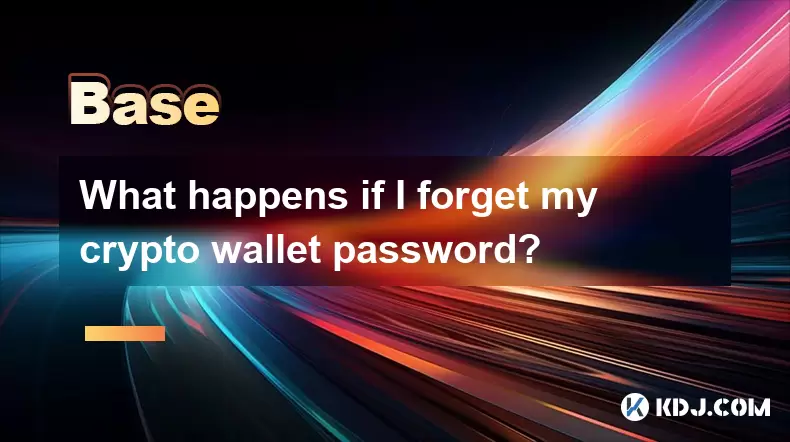
What happens if I forget my crypto wallet password?
Aug 09,2025 at 08:50am
Understanding the Role of a Crypto Wallet PasswordA crypto wallet password serves as a critical security layer that protects access to your digital as...

What is the difference between cold and hot storage?
Aug 12,2025 at 01:01am
Understanding Cold Storage in CryptocurrencyCold storage refers to offline methods of storing cryptocurrency private keys, ensuring they are not expos...
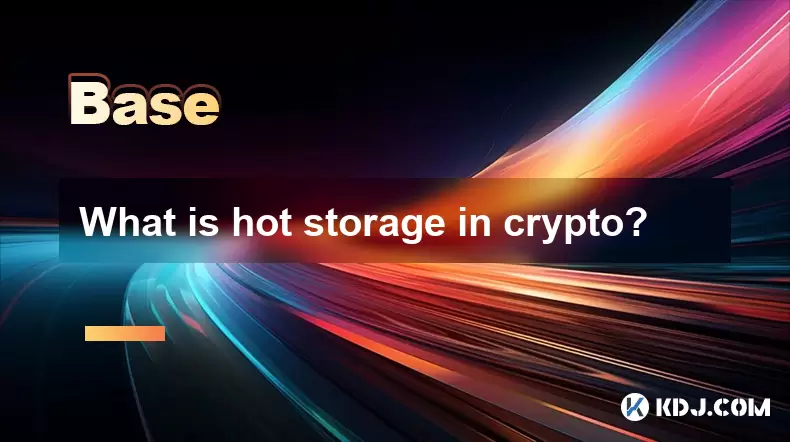
What is hot storage in crypto?
Aug 11,2025 at 07:08am
Understanding Hot Storage in CryptocurrencyHot storage refers to cryptocurrency wallets that are connected to the internet. Unlike cold storage soluti...

What is the best crypto portfolio tracker?
Aug 10,2025 at 05:08am
Understanding the Role of a Crypto Portfolio TrackerA crypto portfolio tracker is a digital tool designed to help investors monitor the performance of...
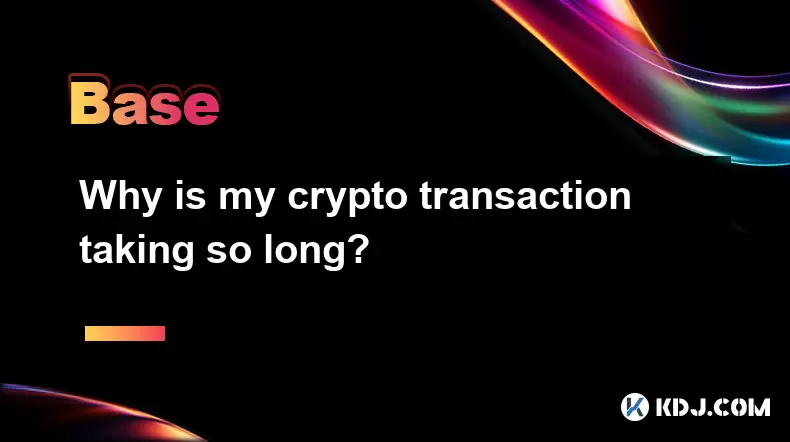
Why is my crypto transaction taking so long?
Aug 11,2025 at 11:35am
Understanding Blockchain Network CongestionWhen a crypto transaction is delayed, one of the most common causes is network congestion on the blockchain...

Can crypto transactions be reversed?
Aug 10,2025 at 01:35am
Understanding the Immutability of Blockchain TransactionsCryptocurrency transactions are built on blockchain technology, which is designed to be immut...

What happens if I forget my crypto wallet password?
Aug 09,2025 at 08:50am
Understanding the Role of a Crypto Wallet PasswordA crypto wallet password serves as a critical security layer that protects access to your digital as...

What is the difference between cold and hot storage?
Aug 12,2025 at 01:01am
Understanding Cold Storage in CryptocurrencyCold storage refers to offline methods of storing cryptocurrency private keys, ensuring they are not expos...

What is hot storage in crypto?
Aug 11,2025 at 07:08am
Understanding Hot Storage in CryptocurrencyHot storage refers to cryptocurrency wallets that are connected to the internet. Unlike cold storage soluti...

What is the best crypto portfolio tracker?
Aug 10,2025 at 05:08am
Understanding the Role of a Crypto Portfolio TrackerA crypto portfolio tracker is a digital tool designed to help investors monitor the performance of...

Why is my crypto transaction taking so long?
Aug 11,2025 at 11:35am
Understanding Blockchain Network CongestionWhen a crypto transaction is delayed, one of the most common causes is network congestion on the blockchain...
See all articles

























































































